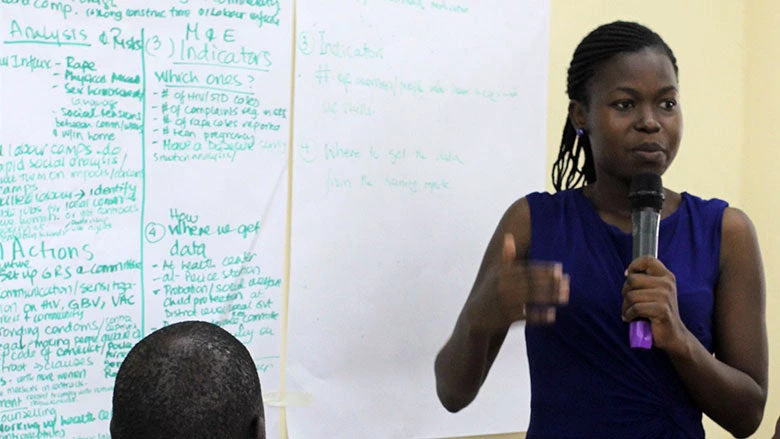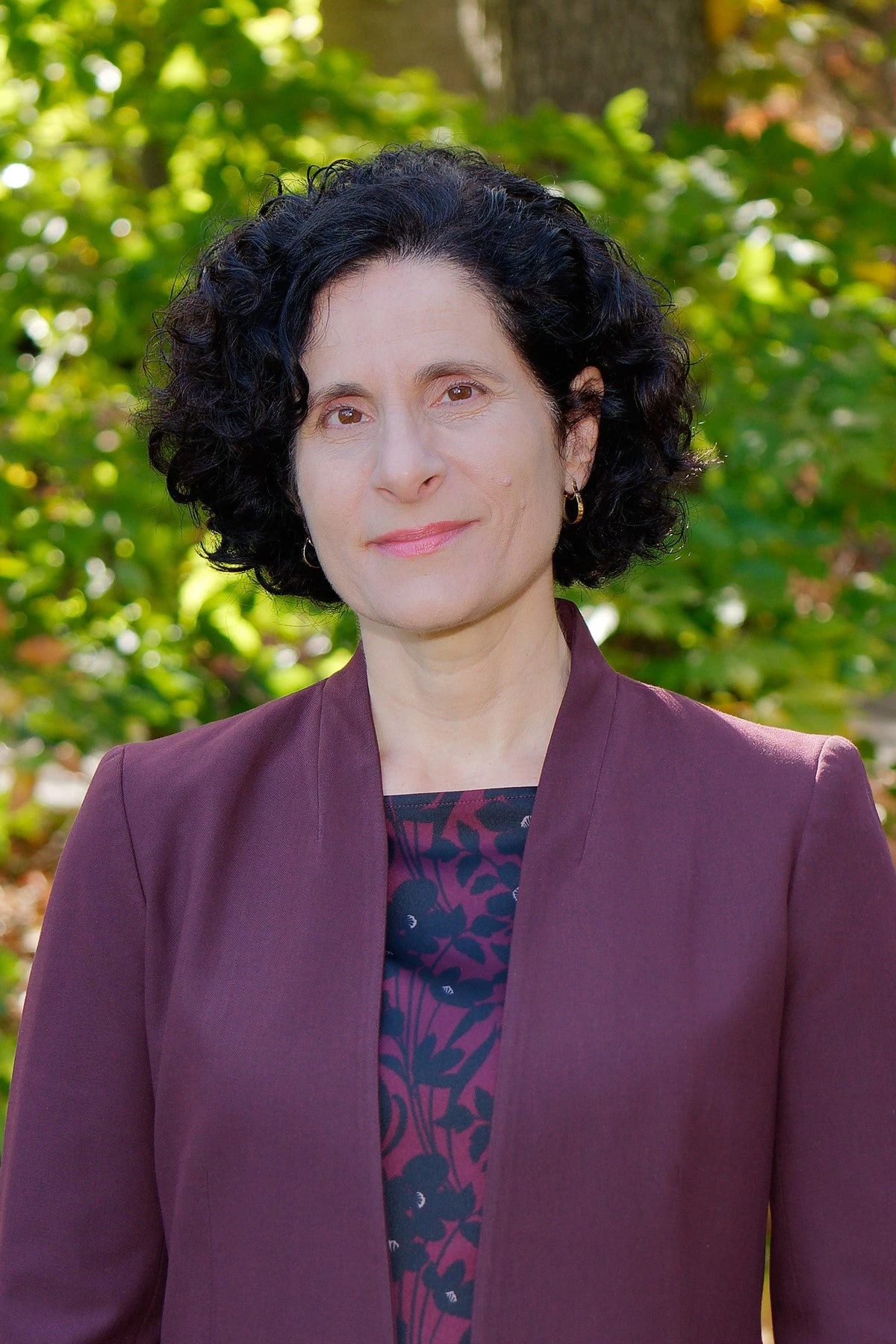You are young, poor, living in a remote rural area, and one day your whole life is turned upside down by a sexual assault. No matter whether the offender is your partner or spouse, another family member, a teacher, a co-worker or a stranger, you will need to make choices.
Your first choice, the most decisive, will be whether to stay quiet or look for help.
Seeking help is like walking through a confusing maze of relatives, nurses, community chiefs, police and court officials. You may need to sit in long lines at the police station, only to discover that you are not taken seriously and that you cannot report what has happened to you.
And what do you do when your family and friends tell you to be strong and to not take the incident too seriously, or tell you that your family will “handle” the situation with the offender, in order to put an end to this “shameful” experience?
These are some of the questions that 55 representatives from various government ministries and agencies in Uganda—ministries such as Energy, Transport, Urban, Education, and Gender, Labor, and Social Development—got to ask themselves in an interactive exercise called “In Her Shoes.” The exercise served as a way to personalize the topic of gender-based violence (GBV) and violence against children (VAC), and kick-start the GBV Operational Workshop that took place in Kampala, Uganda, in April.
The workshop was hosted by the World Bank Social, Urban, Rural and Resilience Global Practice, together with the Gender Cross-Cutting Solutions Area.
It had two goals: the first was to expand the capacity of World Bank staff and their counterparts to address the important issues of GBV and VAC within infrastructure projects; and the second was to enable the workshop’s participants to develop roadmaps for concrete action, using guidance and recommendations found in the Violence Against Women and Girls (VAWG) resource guide.
Mapping risk factors and drivers of GBV
The workshop included seeing how participants tackled the ecological model for partner violence, using group discussions and a flurry of post-it notes.
This model is a conceptual framework that illustrates there is no single cause of GBV and VAC: it enables the identification of key risk factors, such as male-dominated household decision-making, and policies and laws that discriminate against women.
So many factors affect gender-based violence
Groups could be overheard discussing how early marriage, poverty, the lack of land titles, low literacy rates, cultural beliefs, and harmful norms could all be risk factors and drivers of GBV.
Another session pushed participants into looking at examples of preventative GBV and VAC measures.
Project examples drew from work in Uganda, including work by SASA! (Raising Voices), which focuses on adressing the imbalance of power between women and men, girls and boys, through community mobilization and the BRAC Empowerment and Livelihoods for Adolescents (ELA) program in Uganda.
Through its adolescent development programs, the ELA has provided safe spaces where—in order to reduce their socio-economic vulnerability—adolescents aged 10 to 19 have had access to training in life skills, livelihoods, and income-generating opportunities.
Talking and listening: Sharing the results of group exercises
Participants were also given an overview of the VAWG resource guides, which show how to initiate, integrate, and innovate measures to prevent and respond to violence against women and girls. Working in groups by sector, participants applied these and other tools to develop roadmaps for different government agencies to use in the implementation of GBV and VAC action plans, focusing on:
- working with contractors to prevent sexual harassment in the workplace (both within the agency and the contracting firms) and GBV and VAC in the project-affected communities (for example, through codes of conduct);
- strengthening grievance redress ond other monitoring mechanisms to ensure safe and ethical reporting systems to alert people to cases of GBV and VAC, and to assure them access to an adequate response;
- and promoting interventions to reduce the level of tolerance to GBV and VAC through community mobilization around project sites, including the use of partnerships with NGOs, national and local authorities and other leaders.
All projects need to guard against it
During the sessions, participants opened up about their personal and professional journeys toward a better understanding the importance of GBV.
One participant, a transport engineer, said he had come to realize his job wasn’t only about building roads, it was also about understanding the impact a project had on the communities around the project site, and about managing social risks, especially for women and children.
Similar sentiments were shared by World Bank colleagues from Kampala, who appreciated the opportunity to learn about what works to prevent and address GBV and VAC, as this provided concrete tools with which to address these issues on the ground.
The message is clear—the time is ripe for action. And the resources available to guide Bank and non-Bank staff are there, including this sort of training, which could be replicated in other countries.
Related:







Join the Conversation